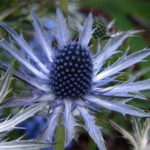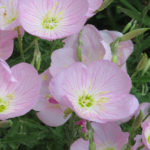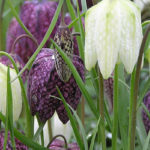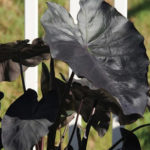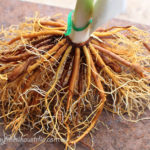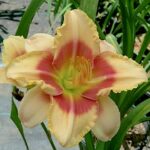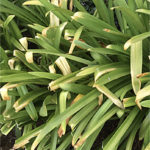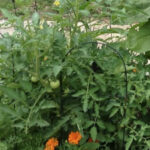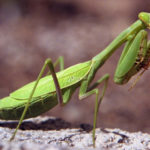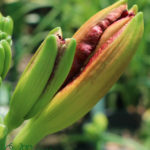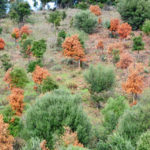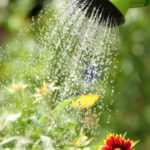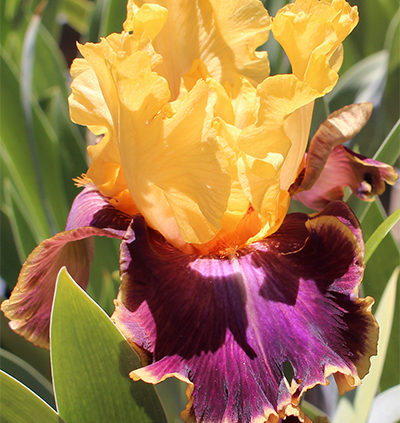
Best Time To Plant Bearded Iris
How A Bearded Iris Grows In The Ground
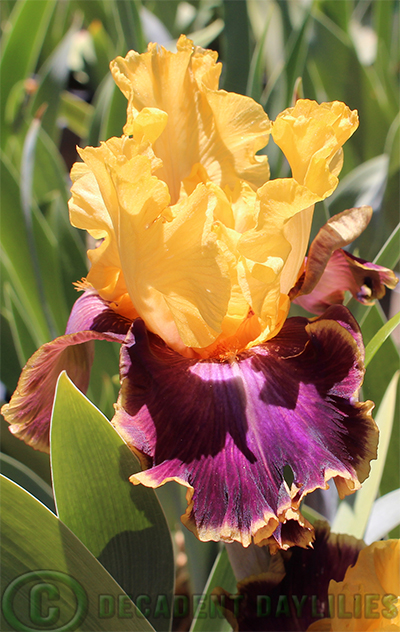 Bearded Iris including vintage and modern varieties are well known to most gardeners of today. Irises will survive under a variation of environmental conditions. They can be grown in gardens with raised beds, in a pot or any container as long as you can provide them with excellent quick drainage, so the rhizomes do not rot. Choose a well draining sandy loam soil for potting up, in a deep container or plant these perennials with their companion plants in the garden. Their crucial likes, to get Bearded Iris to bloom are –
Bearded Iris including vintage and modern varieties are well known to most gardeners of today. Irises will survive under a variation of environmental conditions. They can be grown in gardens with raised beds, in a pot or any container as long as you can provide them with excellent quick drainage, so the rhizomes do not rot. Choose a well draining sandy loam soil for potting up, in a deep container or plant these perennials with their companion plants in the garden. Their crucial likes, to get Bearded Iris to bloom are –
- They need to grow and experience cold chilling winters so that they do grow and flower.
- A full day of warm sunny sunlight every day and they will furnish your garden and will add brightness indoors with their spectacular flowers placed in a vase.
Iris Life Cycle
Sometimes a plants life cycle can be complicated and is so hard to explain when the life cycle plays its role of certain physical changes under the ground. The life cycle of a Bearded Iris plant goes through a series of stages from one generation to the next and this is what I am going to explain about Bearded Irises growing patterns. Most people think that an Iris can be planted or transplant at any time of the year, they maybe right! But there is a fixed time frame to best plant your Bearded Irises like most plants and I will explain why.
From early spring Bearded Iris have important functions underground. During this time they absorb the valuable water and nutrients available to them and store extra food in their rhizomes. The resources stored in the rhizome are also used to feed and grow all parts of the bearded Iris plant, even when it is in full bloom and at anytime growing the leaves, buds and blooms.
Once the Bearded Iris has finished blooming the next six to eight weeks focuses on the underground growth. This shows noticed proof, of a visible increase in rhizomes multiplying on the mother plant with new roots. When the rapid growth period under the ground has come to an end, six weeks after flowering. A good indication of this is when the flowering stem has completely dried, this means that all the work has been done underground.
At this time if you have maintained your Iris plants to a high standard, your Iris rhizomes taken from the mother plant should be large enough and mature to plant on their own. The complete new rhizome should be all this years growth and at flowering size ready to flower for you in the following spring. While the reblooming Iris varieties will carry on and continue to grow throughout the rest of the summer time in a semi dormant state.
If the Bearded Iris rhizomes are not at full size now there is no growing time left leading into their dormant winter. Early spring the Iris spend their time putting up leaves before showing off their elegant blooms in spring.
When Should I Plant or Replant Bearded Iris Rhizomes
So now you know this, you can start to plan to divide Dwarf and Median bearded Iris as early as November and for the Tall Bearded Iris start dividing them in December in Australia. Especially if you live in a cool comfortable climate. If you grow and follow the life cycle root changes of a bearded Iris, this is the appropriate time to dig divide and replant each year. This is when the new roots of a bearded iris are able to have the natural ability to begin to develop roots quickly on their own.
Cultivate Bearded Iris In Hotter Climates
If you live in a hot dry climate I would suggest not dividing Bearded Iris until autumn, as I have done over the years living with hot weather conditions without any problems. The golden rule is as long as you give the rhizomes six weeks to get their root system down into the soil and get established before the winter cold sets in, all is swell.
Digging Dividing Replanting Bearded Iris At The Wrong Time Of Year
- The Bearded Iris plants will either not bloom at the genetic time and you will have to wait till the following spring to see them in bloom.
- The Bearded Iris will sit and refuse or act slowly to grow roots successfully if they are divided and replanted in the cold winter months and are very unlikely to bloom in spring.
- It is quite possible that your bearded Iris will “flower out” meaning the rhizome will put up a flowering stem with no back bulbs. Remember once a bearded iris blooms that rhizome dies, if this happens you can be left with nothing.
Now you can have a choice whether to plant or replant your Bearded Iris a little time after flowering till early autumn depending on the climate temperature you live in.


